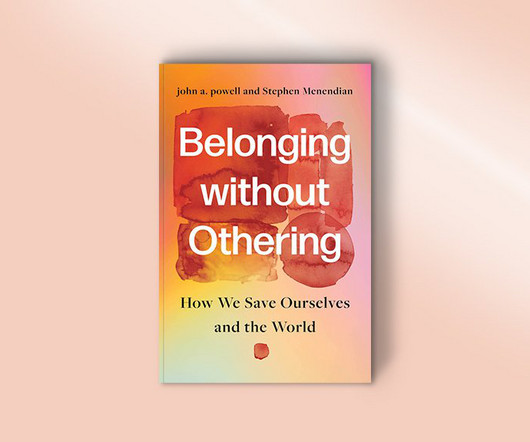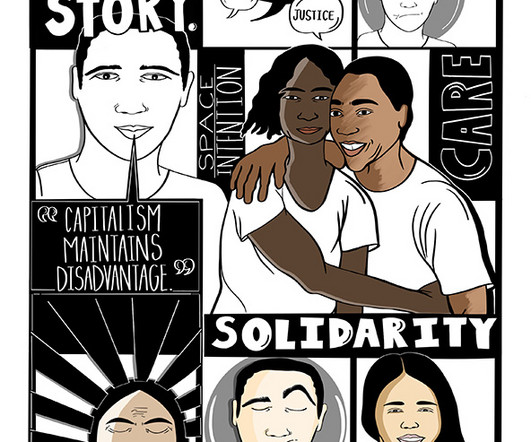Shared Leadership’s Role in Piloting the Plane
NonProfit Leadership Alliance
NOVEMBER 16, 2023
The organizational culture was one of fear, poor communication, an abundance of rules, and micromanaging. We built trust, formed relationships, and practiced healthy, open communication. Does it promote shared leadership, respect, professionalism, and open communication? The one who has poor communication skills.














Let's personalize your content